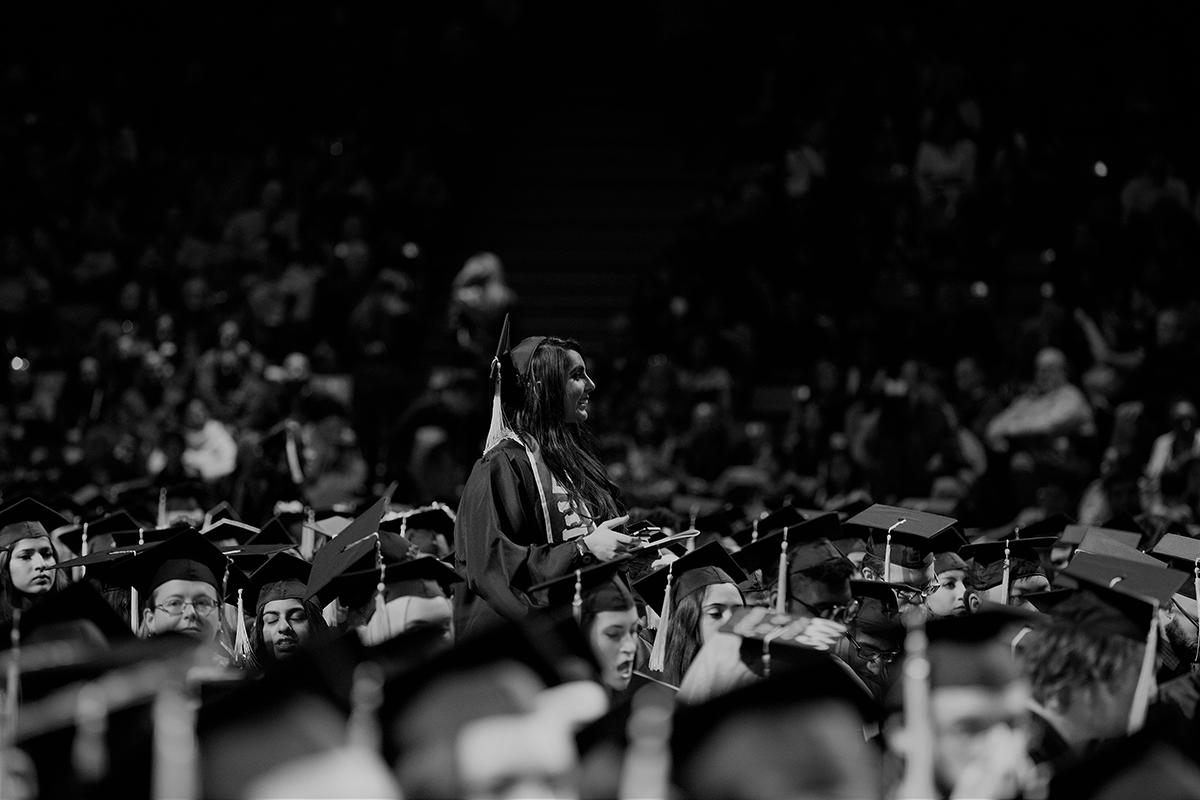
Conclusion
Overall, I would like to recommend this book to readers interested in gaining more knowledge about academic ableism and its manifestations. To summarize, the introduction gave foundational knowledge of ableist apologia; chapter one helped in understanding disabled student experiences; chapter two discussed how to navigate accommodations; chapter three explored disabled students' multimodality; chapter four gave different perspectives of UD; and chapter five offered an application for the modern media and was compelling for movie lovers. However, the fourth chapter describing UD might be difficult to follow for lay readers; although I was familiar with the principle of UDL as an educational approach, I had never seen in an in-depth analysis of UD, such as usability, neoliberalism, digital lives, beyond the application of the principles of UD as a rhetorical approach.
Dolmage concluded that the perfect world of disabled academia has not yet come, and that academic ableism has been, and will continue to be, an endless phenomenon in the past, the present, and the future. Yet, there are concrete steps we could take to mitigate its effects. Academic ableism represents an important addition to the extant literature on disabled students' experience, accommodation needs, and other realities of the academic world. I hope that my book review and the addition of my own personal experiences are helpful for readers to explore the reality of the disabled student experience.
